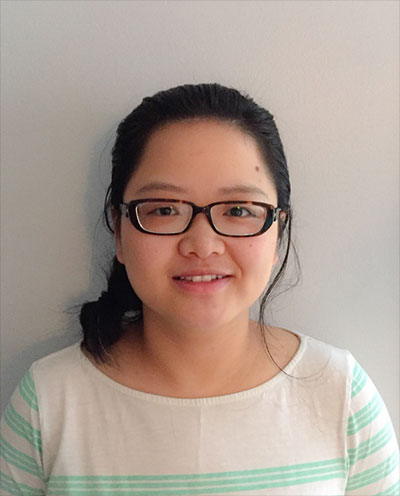
Dan Jian is a visual artist who works across painting, drawing, animation, and video
Assistant Professor - TCU
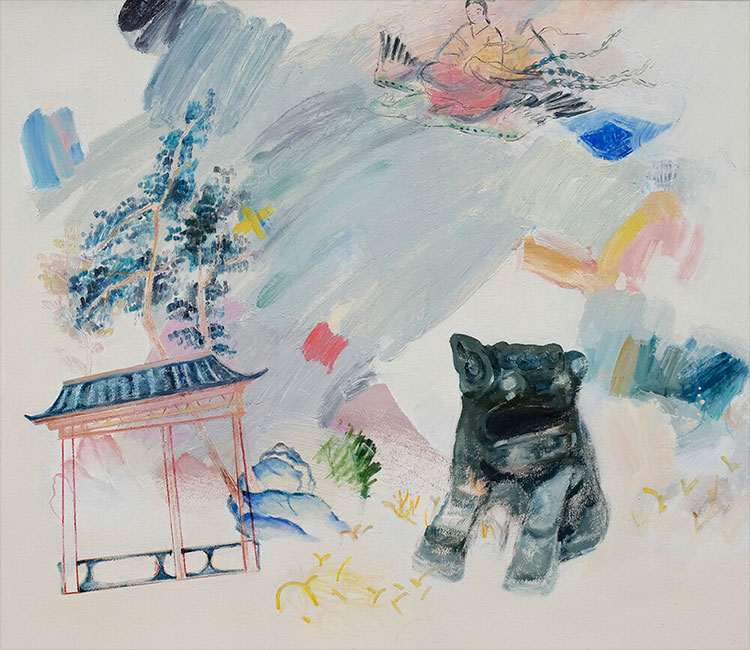
Dan Jian
A Mountain Is Not a Mountain
2020
Oil on paper
24 x 27 inches
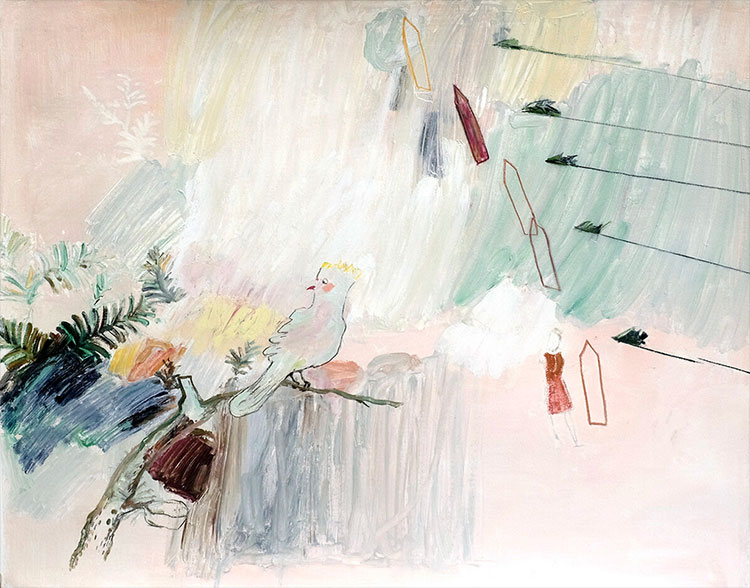
Dan Jian
Untitled
2020
Oil on Paper
23 x 27 inches
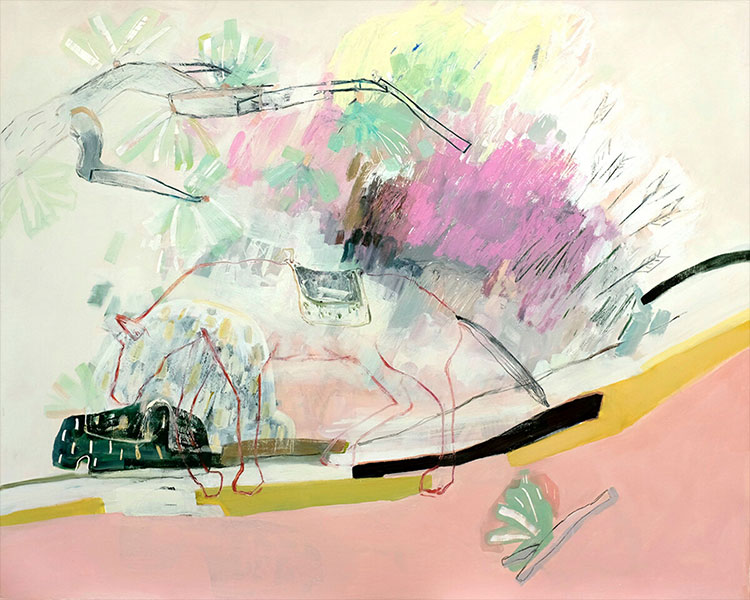
Dan Jian
Death of A Horse
2020
Oil on paper
28 x 35 inches
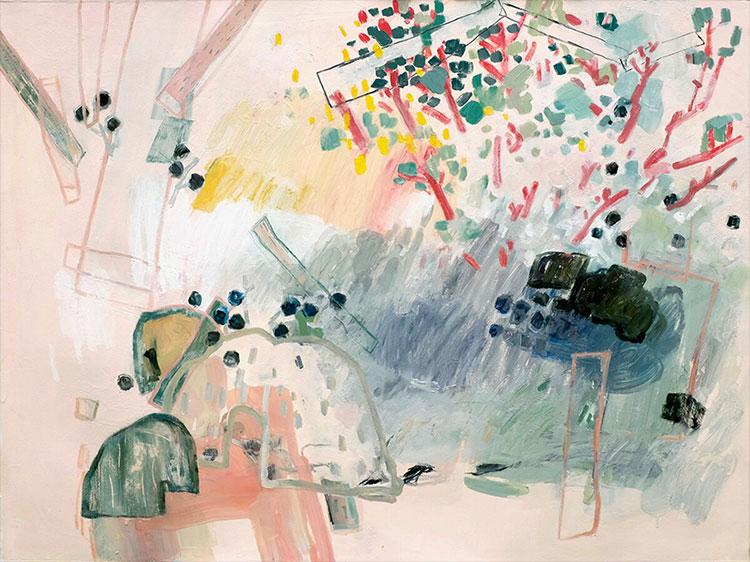
Dan Jian
Untitled
2020
Oil on paper
30 x 40 inches
Dan Jian - Landscape As A Motif
Dan Jian is a visual artist who works across painting, drawing, and project-based
installation. She received her BFA from the Tyler School of Art, Temple University,
and from the Ohio State University, she gained her MFA with a minor in Comparative Study.
Dan is a residency alumnus of Ragdale Foundation, Vermont Studio Center, Virginia
Center for the Creative Arts, Kimmel Harding Nelson Center for the Arts. She currently
lives in Fort Worth, Texas, where she is an assistant professor of Art at Texas
Christian University and maintains an on-going studio practice.
Jianís work explores landscape as a motif and metaphor that conveys a depth of
meaning through the reductive representation of form. As an immigrant, she finds
the landscape acquires meaning through memories; as we dwell, we are the subjects
overwriting a landscape's original narrative through our reflections and recollections,
while holding the potential of all future memory. Drawing and painting have been the
constants on which she relies on to investigate this process. Each work is an open-ended
formal search that examines how culture builds myths, defines what's ordinary, and
incites emotion.
ABOUT DAN'S ART'
In A Mountain Is Not a Mountain, Dan Jian, assistant professor of art at Texas Christian
University, explores the change from merely perceiving objects to understanding them as
metaphors and the reversal back to being simply an object. The title references a Chinese
Zen saying that states that before studying Zen, a mountain is just a mountain, but while
studying Zen, a mountain is not a mountain, and finally, when enlightenment is achieved,
a mountain is again a mountain.1
Born and raised in China, Jian uses her creative practice to explore motifs from her
cultural landscape and their metamorphosis from object to symbol. By flattening the
forms of the tomb guardian, the woman riding the phoenix, and the pagoda, Jian
liberates them from their physical form and generates a new experience for herself
and the viewer.2The lion form recalls a kind of tomb guardian that Jian would pass
on the street in China. To the artist, it represents a piece of the past tenuously
held onto that has lapsed into disrepair.3 In A Mountain Is Not a Mountain,
landscape acts as a motif and a carrier of pictorial signifiers; it speaks to Jian's personal
imagined symbols as well as symbols that reflect reality, such as the sociopolitical
and cultural landscape. Through the process of making the work, Jian spurs an
exploration of these symbols, using large and expressive gestural marks to navigate
her history and process memory. ET
1 Alan Watts, The Way of Zen (New York: Pantheon, 1957), 126.
2 934 Gallery, "Remembering While Looking," accessed October 20, 2020,
https://934gallery.org/remembering-while-looking/#:~:text=Remembering%20While%20Looking%
20is%20a,Dan%20Jian%20and%20Diana%20Abells.&text=Through%20a%20process%20of%20collage,
objects%2C%20places%2C%20and%20narrative.
3 Dan Jian, interview by Emma Thompson, Zoom call, October 5, 2020
In Untitled, as in A Mountain Is Not a Mountain, Dan Jian uses the
landscape and natural motifs as personal and cultural symbols. In the center, a bird
perches on a single branch, staring with wide eyes away from the arrow forms piercing
the work from the right. Jian is deliberate in her visual sources, drawing inspiration
from traditional Chinese art but making the symbols her own.1 The paintingís color and
flattened forms recall the Mogao cave paintings in Dunhuang, a city in Western China.
The bird in her painting references a print of a bird found in the earliest Chinese
book printed using the technique of polychrome xylography, also called douban, which
uses multiple blocks with different colored inks to produce a watercolor effect.2 The
birdís personality, communicated through its visible eye, recalls the work of the
seventeenth-century artist Bada Shanren, who painted watercolors of animals,
anthropomorphized by their enigmatic facial expressions. By placing the bird at
the center but threatening it with arrows and archer windows, Jian shifts the
subject to the bird and suggests its vulnerability to forces inside and outside
the painting. Because nature carries less symbolic baggage than the human form, by
making the bird the subject, Jian opens up the work to a plethora of narrative
possibilities, continuing her exploration of personal perception and its relationship
with cultural symbolism. ET
1 Jian, interview, October 5, 2020
2 "Chinese Works: Shi Zhu Zhai Shu Hua Pu," University of Cambridge Digital Library,
accessed November 8, 2020, https://cudl.lib.cam.ac.uk/view/PR-FH-00910-00083-00098
|

